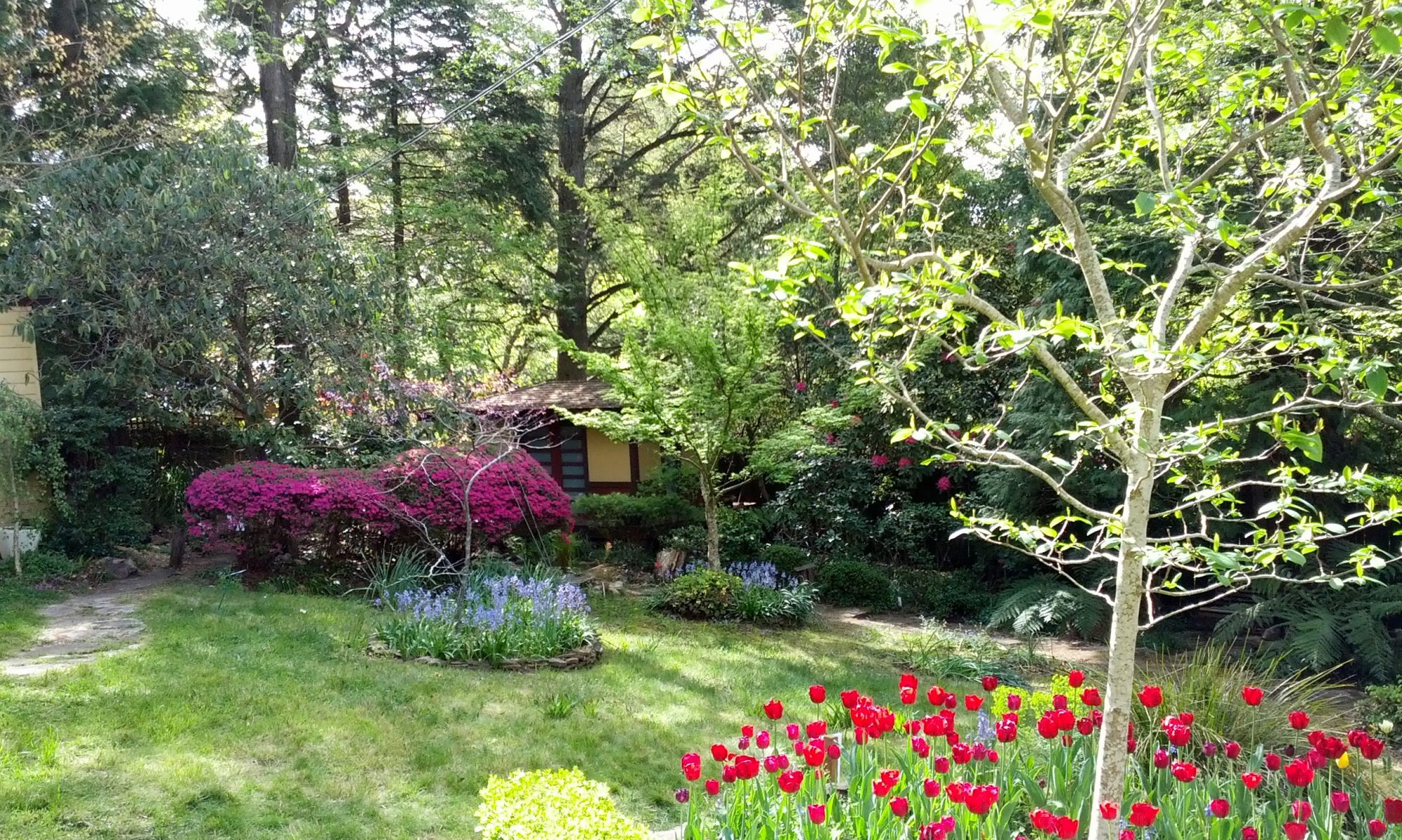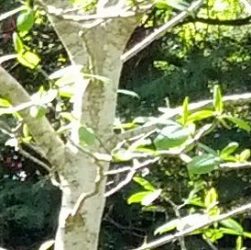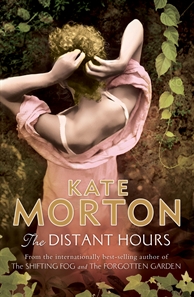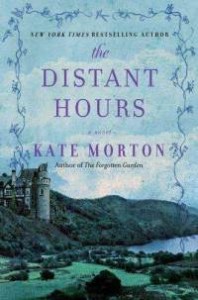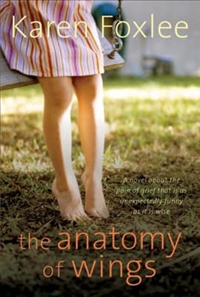 One of the Text Classic series The Mystery of a Hansom Cab was published in 1886. The introduction tells us it was the biggest selling crime novel of the 19th century — quite amazing as it was written and set in Melbourne, and first published in Australia. In the scheme of things, it was not the first instance of detective fiction, usually ascribed to Poe’s ‘The Murders in the Rue Morgue’ (1841), and in novel form to Wilkie Collins’ The Moonstone (1868), but it is a very early example.
One of the Text Classic series The Mystery of a Hansom Cab was published in 1886. The introduction tells us it was the biggest selling crime novel of the 19th century — quite amazing as it was written and set in Melbourne, and first published in Australia. In the scheme of things, it was not the first instance of detective fiction, usually ascribed to Poe’s ‘The Murders in the Rue Morgue’ (1841), and in novel form to Wilkie Collins’ The Moonstone (1868), but it is a very early example.
The novel starts with a murder. Oliver Whyte, a man about town is found dead in a hansom cab. The cabman describes a man in a soft hat wearing a light coat, coming up to Whyte, who is drunk, and helping him hail a cab. The man seems to then recognise the deceased, cry out ‘you’ and walk off. He then returns a while later and gets into the cab with Whyte, is dropped off at a street corner with the cab taking Whyte on to his destination, where the cabman discovers he is dead.
It transpires that Whyte was paying his attentions to the heiress Madge Frettlby, who is engaged to our hero, Brian Fitzgerald. Brian, of course, is soon fingered for the murder and stands trial for it. He has an alibi for the time of the murder but will not divulge it because he is protecting someone. So far so good, and this takes up the first third of the novel. I won’t spoil it by saying what happens next but, suffice it to say, this particular complication is resolved (mostly by Fitzgerald’s lawyer Calton) but, in the resolving, another mystery is uncovered.
The next part of the novel takes us into the drawing rooms of ‘marvellous Melbourne’ and the lives of Brian, Madge and her father Mark Frettlby. In the first part we were taken into the slums off Little Bourke Street. The mystery in the second part of the novel is then ostensibly solved (the reader has pretty much worked it out any how).
But there is another twist and this is worked out in the remainder of the novel where the taint of the slum threatens to invade the upper classes, and a final revelation is made (and vindicates the ‘hunch’ of one of the detectives on the case, Kilsip).
The novel is plot-driven and this kept me reading when it sagged a bit in the middle. Other pleasures are the physical descriptions of Melbourne and the depictions of social life. I suppose the plot does cleverly fit together but it didn’t feel like it; there is not one central detective, and there is a sense, a lot of the time, that characters are jumping to conclusions only to be found wrong, and the ball is then taken up by someone new in a somewhat repetitious way.
Well done to Text for bringing back one of our overlooked 19th century texts. So far there aren’t any by 19th century women writers included (My Brilliant Career coming in at 1901). Barbara Baynton’s Bush Studies, is scheduled for publication in October but, again, they are early 20th century (1902).
